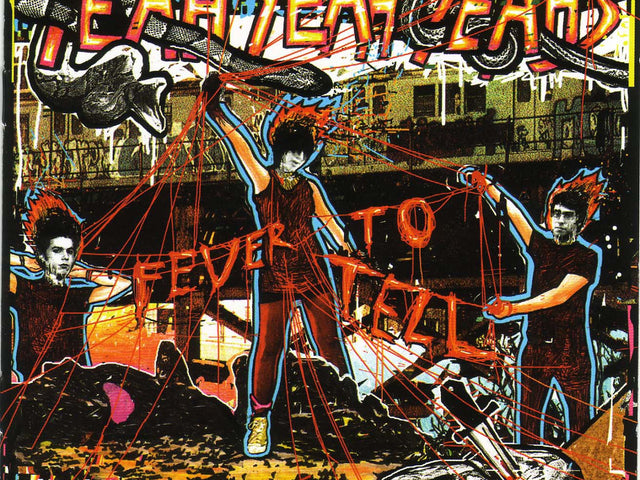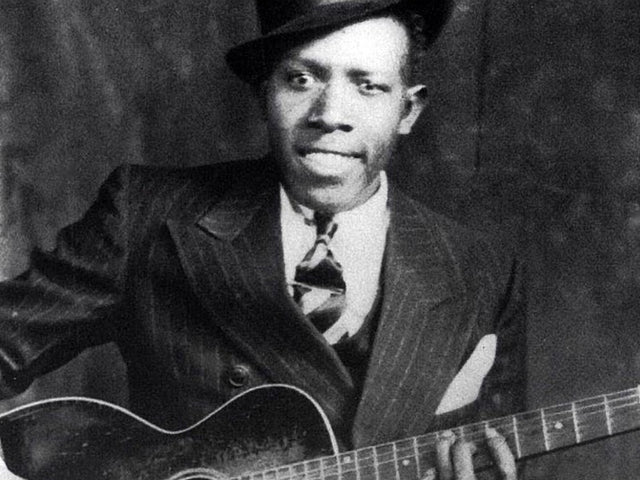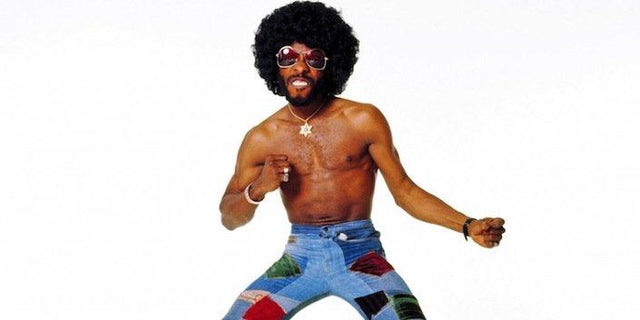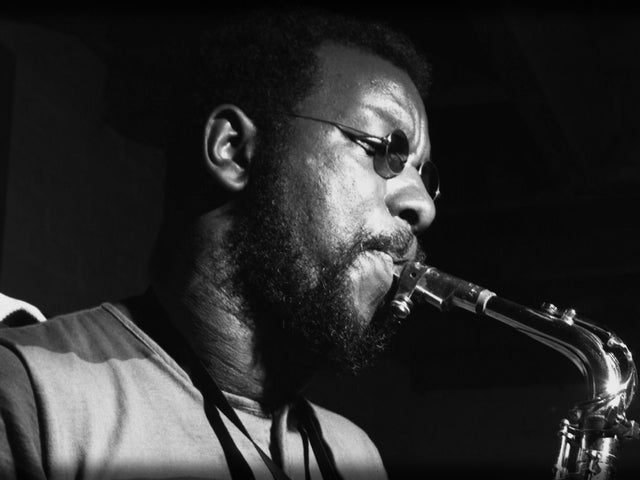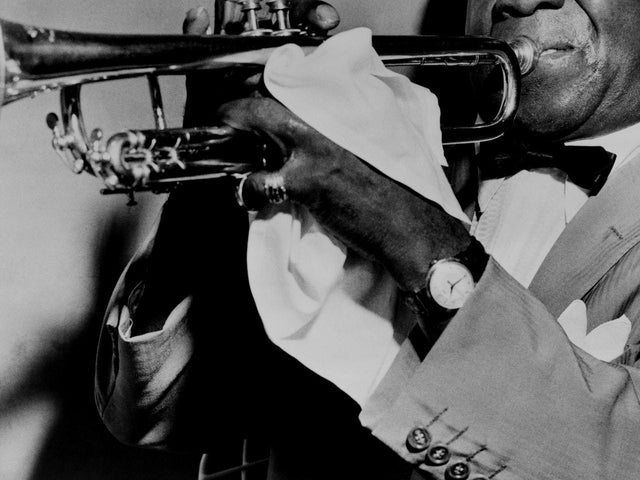De 10 beste Canadese albums die je op vinyl moet bezitten
It’s not easy being a Canadian musician. The vast size of the country — and the spread out metropolitan centers — makes touring an incredible slog. That, coupled with a music industry that was, for a long time, behind the times, meant musical luminaries like Neil Young and Joni Mitchell had no choice but to make the trip down to the States to make it. In the ‘90s, the joke was unless you were Alanis Morissette or Celine Dion, your highest hopes were to become household names in the country and learn to deal with playing small bars when you dipped down to the States. All that has changed now. A lot of the top leading lights in rap, rock, folk and pop all hail from Canada. The world’s biggest star is a Jewish guy from Toronto. We did it, and now we’re taking over.
With that said, here’s a smattering of Canadian albums that should be considered essential for diving into the national canon. “Canadian-ness” is a hard thing to define in records, but the idea was to try and pick albums that reflected the times and scenes surrounding it in some way. Sometimes that’s an overt reference to the 6, sometimes it’s something more. The Canadian music industry is a small place; while a lot of the works represented here differ from one another, you’d be surprised at how many players and musicians pop up on others’ work, or how respect for an elder group transcends tribal lines. Everyone likes the Tragically Hip. Chantal Kreviazuk and Chilly Gonzales have appeared on Drake albums.
You might be hoping that listening to these records will give you a better appreciation of the finer things of Canadian culture like poutine, maple syrup and the Hockey Night in Canada Theme Song. Unfortunately, that’s not something easily promised.

Death From Above 1979: You're A Woman, I'm A Machine
It’s worth noting that before Death From Above 1979 returned with The Physical World in 2012, the hoopla surrounding the band’s reunion five years ago entirely rested on their debut You’re A Woman, I’m A Machine. Sometimes you just need one really good album to get it going and in any case, You’re A Woman… succeeded at being a response and a reaction to the mid-00’s NYC dance-punk scene. Jesse F. Keeler’s bass riffs struck the sweet spot in sounding catchy and downright nasty, doing it while sporting the coolest mustache seen on a bass player since Lemmy himself. On paper, “You’re A Woman…” reads like a breakneck, noisy affair yet the pop hooks and drummer/vocalist Sebastien Grainger’s lyrics turned it into the sweetest kiss-off, a rare crossover that appealed to indie kids, dance fans and metalheads alike.

Eric's Trip: Love Tara
Eric’s Trip named themselves after a Sonic Youth song, but they’re much more of a Dinosaur Jr-type band. Imagine if You’re Living All Over Me absorbed elements of Sebadoh III and you’ll end up with something close to Love Tara - a quiet emotional masterpiece. Eric’s Trip were the first Canadian band to sign with Sub Pop in the midst of grunge, but how many bands from that roster were capable of writing hushed folk songs such as “May 11” and “Behind The Garage” that were as sickly sweet as “My Room” or “Follow”? Rick White and Julie Doiron, the two vocalists in the band, penned songs that seemed to be directed at the other. The result was an album that made you feel like you were listening to a diary open up right in front of you.

Fucked Up: The Chemistry of Common Life
Toronto punks Fucked Up’s first album Hidden World was a fantastic debut that barely hinted at the boundary-smashing left-of-centre sound the band would embrace later in their career. It was an daring record for hardcore and the slew of vinyl-only releases they would release would showcase their growing ambitions.* The Chemistry of Common Life* is the album where Fucked Up began to follow every musical whim they had. But they hadn’t abandoned hardcore just yet. Pink Eyes, now commonly known as Damian Abraham, doesn’t bother with anything resembling conventional singing, his bark enough to cut through the dense layers of guitars. Guest vocalists included Canadian luminaries such as Katie Stelmanis, Dallas Green who featured on chiming “Black Albino Bones” and Sebastien Grainger, turning in a fantastic performance on the anthemic “Twice Born” (he also took part in a now legendary performance where the band destroyed a MTV bathroom, Grainger wearing only suspenders and a hard hat. How boss is that?) Where The Chemistry of Common Life succeeded at was showing just how one could expand the vocabulary of hardcore without losing its sense of propulsion.

Godspeed You! Black Emperor: lift your skinny fists like antennas to heaven
The best thing about this double album release by the notorious Montreal collective was how it was a huge growth in scope over their excellent debut F♯ A♯ ∞ where the band impressed with their talent for conveying emotion through grandiose soundscapes. With* lift yr skinny fists...*they did away with some of their old tricks and picked up some new ones, slyly adding in new instrumentation that allowed them to come out with some of the most gorgeous music the band’s ever committed to tape. The second half of the album, containing sides “Sleep” and “Like Antennas To Heaven…” build slowly, drawing in strings, guitar, piano and drums alongside industrial noise and samples to create a rapturous noise that not only suited their political rhetoric but their musical ones as well.

Japandroids: *Post Nothing
This album was never supposed to happen. With several years of what seemed like fruitless work behind them, the Vancouver duo decided to break up and released Post-Nothing, intending for it to serve as their final statement. It goes without saying that pouring themselves into this might have been what gave the band a second life. Post-Nothing is an album all about chasing the good times and embracing the crushing lows that come with it, a fist-pumping jubilant listen that didn’t seek escape in grandiosity in the same manner celebrated follow-up Celebration Rock did. There’s a casual ease to the way the band rip through song after song. It was about ignoring those tiny, worrisome regrets you get as you leave home for the first time, convince yourself that death is something to shrug off as you chase French girls, before deciding to come back to rainy Vancouver, ready to swear those same girls off forever.

Feist: Let It Die
Feist was one of the best things about early Broken Social Scene, and her charisma is the best thing about her second solo album, Let It Die. While hailed as an indie masterpiece,* Let It Die* is remarkable in how it completely rejects the notion of Feist as a guitar-based songstress. Rather, Let It Die hops from French pop to bossa nova to jazz back to indie rock then back to lounge with very little concern. It’s the aforementioned charisma, not to mention her fantastic voice that manages to hold the entire thing together convincingly. The album closes out with an entire side of covers, the penultimate track being a Bee Gees song that shouldn’t work on paper but it’s glorious to hear. The first side is hardly no paperweight with tracks like “Gatekeeper,” “Mushaboom,” and “One Evening” showcasing Feist’s gift for crafting wistful, vulnerable melodies that would sound different with someone else singing them. But on Let It Die, they sound comforting, like a close touch from a lover or warm shelter on a rainy day.

Rush: Moving Pictures
Rush are cool, ok? For a band that comes off as unassuming and wholly nice, their talent as musicians and taste for crafting prog rock epics has given them a somewhat divisive reputation. You either love Rush (and you’re a nerd,) or you think there’s better found elsewhere (and you may not be a nerd but probably are), which is silly because Moving Pictures is a fine, accessible example of progressive rock that doesn’t pander needlessly. Coming off a wave of well received ‘70s albums, the band were on fine form and a lot of the musical interplay they share still holds up today. With Moving Pictures, they pulled off an even bigger feat of merging their hard rock songwriting with the sheen of new wave synthpop. Most of side A still feature as staples on Canadian rock radio and it’s fascinating how with time, the songs seem to have only gotten weirder and weirder. Could you imagine songs like “Tom Sawyer” or “Limelight” charting today?
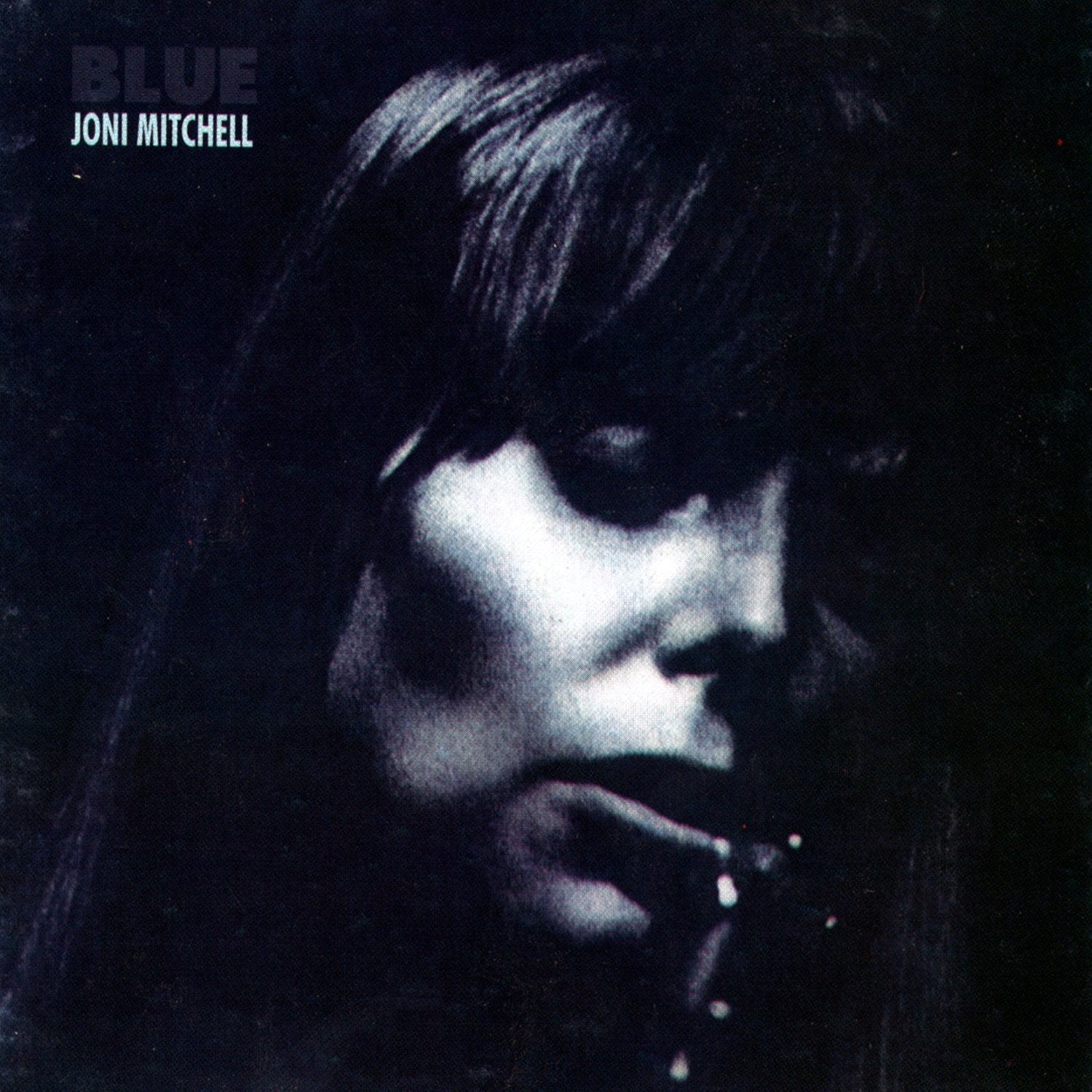
Joni Mitchell: Blue
Despite having to move to the United States to make her name, Joni Mitchell’s home country never abandoned her. Her 1971 album* Blue *is frequently cited by critics as one of the best Canadian albums ever made - with Mitchell recently being awarded a Polaris Heritage Prize, a legacy version of the Polaris Prize, for the album. “Songs are like tattoos,” she sings on the title track and it’s an accurate thesis statement for what’s to come. Make no mistake, Blue is a stark listen; only guitar, piano and Mitchell’s plaintive vocals feature. Yet those ingredients, arrangements and melody don’t emphasize fragility but strength. Mitchell had nothing left to lose by baring her demons and woes on record and we’re all the better for it.

The Weakerthans: Left and Leaving
After years of playing bass in Winnipeg punk institution Propagandhi, it was time for John K. Samson to flee the coop. Forming the Weakerthans, it took a little bit of time for them to find their rhythm but when they did, the results were palpable. Listening to Left and Leaving, it’s pretty clear Samson was meant to front a band of his own eventually, if only because he proved to be great at writing songs that spoke to his Winnipeg upbringing and also to the tradition of literary songwriters in punk rock. Produced by Ian Blurton (who fronted life-changing Toronto ‘80s act Change of Heart), Left and Leaving lives and dies on Samson’s lyricism. “Aside” is a fantastic introspective unspool set to driving, melodic guitars but the real gems are found when the band stretched themselves out and followed their folk impulses; “My Favourite Chords” and the title track are great examples of Samson's ability to articulately convey images that speak to the experience of growing up and creating in isolation.

The Tragically Hip: Fully Completely
“Late night breaking on the CBC…” This might be the most pure representation of “Canadian,” whatever that’s supposed to mean. By their third album, the Tragically Hip were starting to veer off the beaten path. They had started off as a bluesy bar band, indebted to the sounds of the South but they began to find inspiration closer to home - notably the stories and geology of their native homeland. Some of the Hip’s best are found here, such as the driving “Fifty Mission Camp,” about the hockey player who disappeared before the Toronto Maple Leafs won the ‘62 Stanley Cup and the lighters out, plaintive ballad “Wheat Kings,” detailing the case of a man wrongfully imprisoned. It was an approach that paid off. *Fully Completely *sold over a million copies and became the first in a series of albums that saw the Hip graduate from the bars where they got their start to the hockey arenas they’d never leave.
Word lid van de club!
Word nu lid, vanaf 44 $Exclusieve 15% korting voor docenten, studenten, militairen, zorgprofessionals & eerstehulpverleners - Laat je verifiëren!
